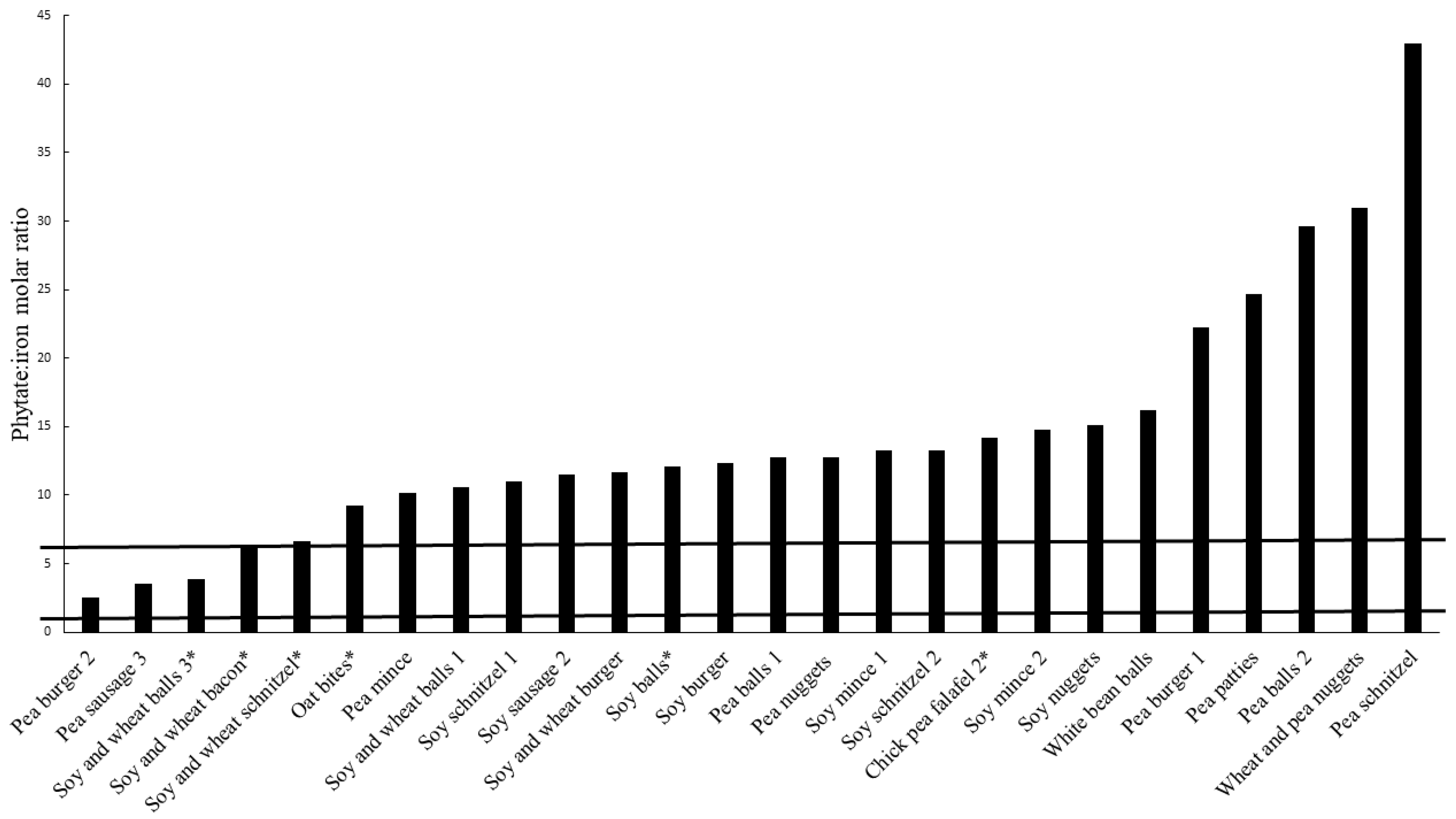Recent research from a Swedish university spotlights the nutritional limits of meat substitutes. According to the authors of the study, “little research has critically evaluated the impact of meat alternatives on public health and food systems”.
Plant proteins have a strong, naturally healthy halo and increasingly consumers are adding them into their diet in the form of whole foods, such as almonds, chickpeas or beans. But when plant proteins are incorporated into packaged foods there are technical and nutritional challenges. This is a big challenge for meat substitutes, for example. They usually have an inferior nutritional profile compared to meat, whether it’s the amino-acid profile, bioavailability of nutrients or the nutrient density of the product.
Researchers from Chalmers University of Technology in Sweden have dug deeper into this. In a study published in the journal Nutrients in late 2022, they analysed 44 meat substitutes available in mainstream Swedish retailers. Most products (39%) were based on soy protein, and pea protein (32%). Other base proteins included beans, chickpeas, mycoprotein, wheat and cheese.
The products were analysed for their contents of dietary fiber, fat, iron, zinc, phytate, salt, total phenolics and protein, as well as for their amino acid and fatty acid composition. The study also looked specifically at the bioavailability of zinc and iron.
And while the study found some positive news about dietary fibre content and protein, the results in terms of micronutrient bioavailability were disappointing. While many products claimed to be high in iron and/or zinc, most contained antinutrients which inhibit absorption of those two minerals. There were two exceptions to this: mycoprotein products performed reasonably well when analysed for zinc, and tempeh (fermented soy) products for iron.

This graph shows the molar ratio of phytates and iron in the 26 study products that contained the most iron. A molar ratio is an indicator of iron bioavailability and products should have a ratio between 1-6, but ideally below 1, for the iron to be absorbable in the body. As the image shows, only 3 of the products analysed had a ratio below 6 - meaning that there is not adequate bioavailability of iron in the remaining products. Source: https://www.mdpi.com/2072-6643/14/19/3903#
The authors go on to make the bold statement that “there is reason to question the bioavailability of minerals in meat substitutes” and that "none of the products could be regarded as a good source of iron due to very high content of phytate."
These limitations are problematic for human health. First of all, as highlighted by the authors of the study, claims about iron or zinc content on this type of product can be misleading to the average consumer who will have no knowledge of the bioavailability limitations.
Second, this may accelerate the risk of iron and/or zinc deficiency that a number of Swedes, particularly those that adhere to a vegetarian or vegan diet, already suffer from. Meat is a top contributor to intake of both iron and zinc in Sweden, according to research from The National Food Agency (Livsmedelsverket), making it even more important to ensure adequate intake of this when excluding meat.
The study concludes that “nutritional knowledge needs to be implemented in product development of meat substitutes” and that there is need for sharpening up on the interpretation of nutrition claims, especially for iron. This could then incentivise producers to improve their products with regard to bioavailability.
To read the full study, visit https://www.mdpi.com/2072-6643/14/19/3903#

